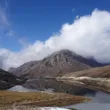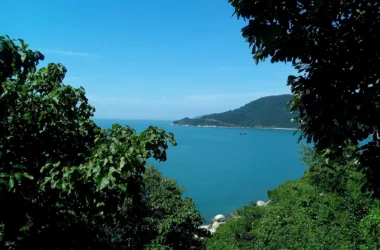Best Time to Visit Hawaii: When it comes to planning a dream vacation in paradise, Hawaii often tops the list for many travelers. With its lush landscapes, beautiful beaches, and vibrant culture, the Hawaiian Islands offer a truly unique experience. However, choosing the best time to visit Hawaii can make a significant difference in your overall enjoyment. In this article, we’ll guide you through the various seasons and factors to consider, helping you decide when to embark on your Hawaiian adventure.
1. Understanding Hawaii’s Climate
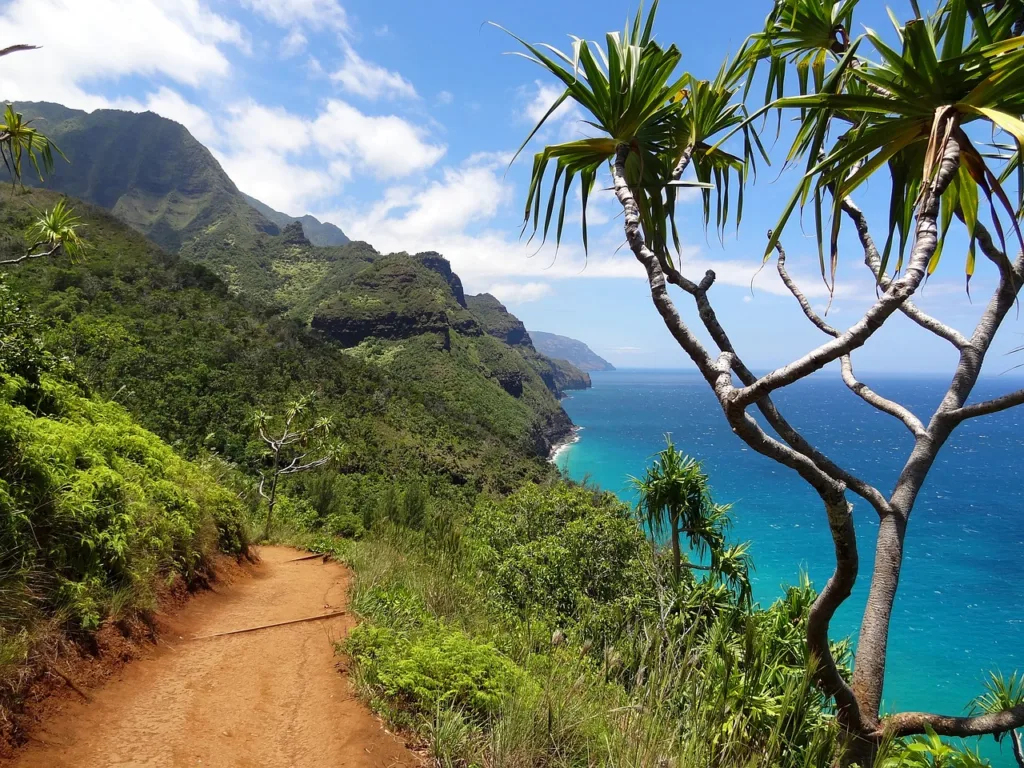
1.1 Tropical Paradise
Hawaii boasts a tropical climate throughout the year, making it a desirable destination no matter when you visit. However, the islands do experience variations in weather patterns, and understanding these can help you make the most of your trip.
1.2 Rainfall Patterns
Rainfall in Hawaii can vary greatly from one side of an island to another due to its unique topography. Windward (eastern) sides tend to be wetter, while leeward (western) sides are drier. The time of year you visit can determine which side is more favorable for outdoor activities.
1.3 Trade Winds
Hawaii’s trade winds, which typically blow from the northeast, help moderate the temperatures. These pleasant breezes provide relief from the tropical heat and contribute to the overall comfort of your stay.
2. Peak Season: December to April
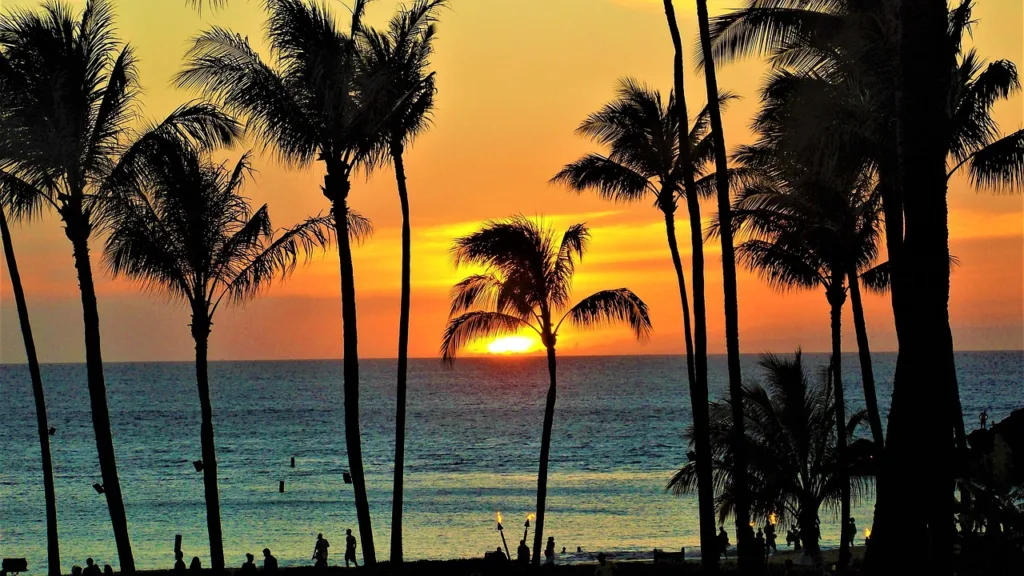
2.1 Ideal Weather
The period from December to April is considered the peak season in Hawaii. During these months, you can expect the most predictable weather with warm temperatures and lower humidity. It’s an excellent time for outdoor adventures and enjoying the beaches.
2.2 Higher Prices
However, this popularity comes at a cost. Prices for accommodations and activities tend to be higher during the peak season. It’s essential to book well in advance to secure your preferred options.
2.3 Crowds
Another downside of visiting during this time is the larger crowds. Popular tourist spots can get quite crowded, so if you prefer a quieter experience, you might want to consider other times of the year.
3. Shoulder Season: May to June and September to November

3.1 Pleasant Weather
The shoulder seasons, from May to June and September to November, offer a great compromise between favorable weather and affordability. During these times, the islands experience pleasant temperatures and fewer tourists.
3.2 Fewer Crowds
With fewer visitors, you’ll have more space to explore and enjoy Hawaii’s natural beauty. Attractions are less crowded, and you can savor a more relaxed atmosphere.
3.3 Affordable Rates
Accommodation rates and activity prices tend to be more budget-friendly during the shoulder seasons, making it an attractive option for travelers seeking a balance between cost and comfort.
4. Off-Season: July to August
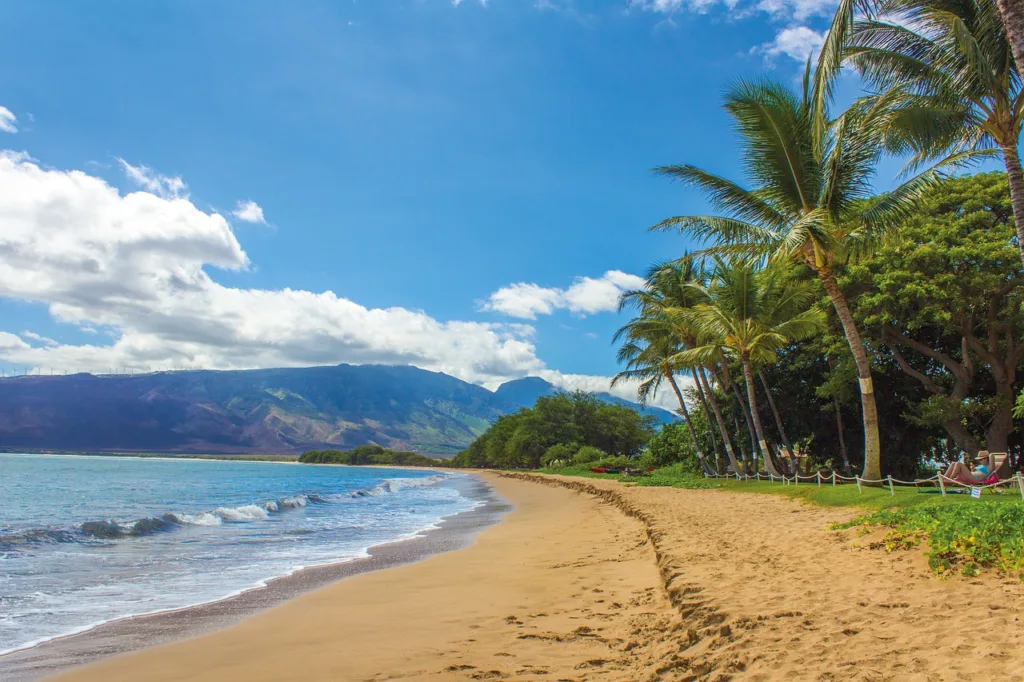
4.1 Hot and Humid
The summer months of July and August mark the off-season in Hawaii. While the weather is still warm and enjoyable, it can be hot and humid, especially on the leeward sides of the islands.
4.2 Deals and Discounts
The off-season often brings deals and discounts on accommodations and activities, making it a suitable choice for budget-conscious travelers.
4.3 Hurricane Season
It’s worth noting that July to August is also the hurricane season in Hawaii. While hurricanes are rare, it’s essential to monitor weather forecasts during your stay.
5. Special Events and Festivals
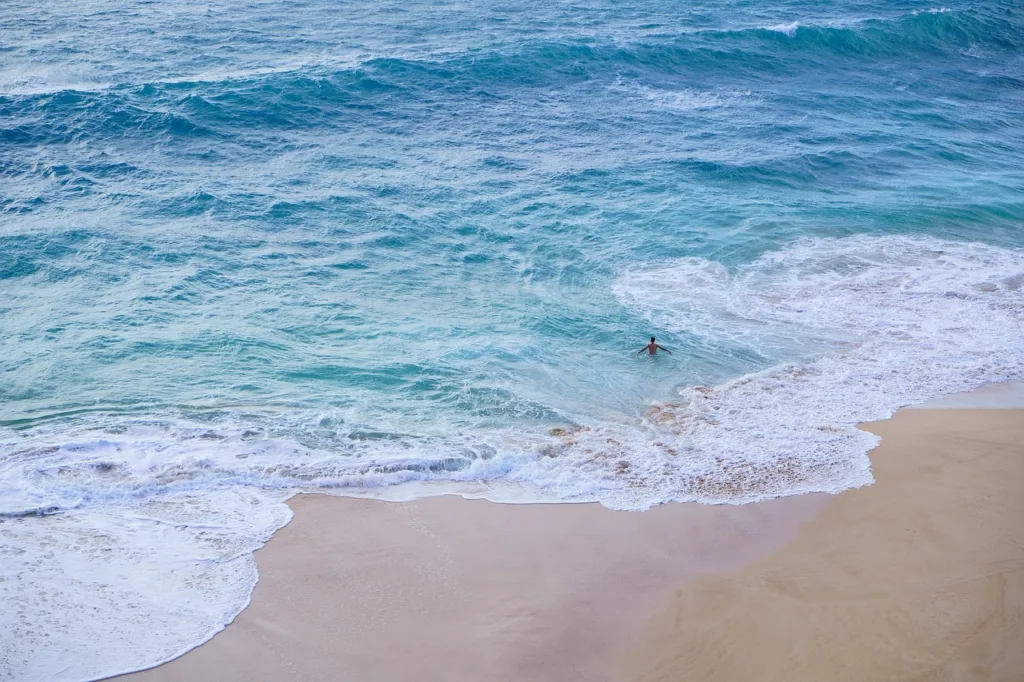
5.1 Merrie Monarch Festival
If you’re interested in Hawaiian culture, consider visiting during the Merrie Monarch Festival in April. This hula competition is a celebration of traditional dance and music.
5.2 Aloha Festivals
The Aloha Festivals, held in September, are a perfect opportunity to immerse yourself in Hawaiian traditions, including music, dance, and art.
5.3 Ironman World Championship
For sports enthusiasts, the Ironman World Championship in Kona in October is a thrilling event to witness, as athletes from around the world compete in this grueling triathlon.
6. Choosing Your Island
Hawaii consists of several unique islands, each offering its own charm and attractions. Depending on your interests, you can choose from Oahu, Maui, Kauai, or the Big Island.

6.1 Oahu
Oahu is known for its vibrant city life, including Honolulu and Waikiki Beach. It’s a great choice for those who enjoy a mix of urban and natural experiences.
6.2 Maui
Maui is famous for its stunning landscapes, including the iconic Road to Hana, Haleakalā National Park, and beautiful beaches.
6.3 Kauai
Kauai, often called the “Garden Isle,” is a haven for nature lovers, with its lush rainforests and dramatic cliffs.
6.4 Big Island
The Big Island offers a diverse range of experiences, from exploring volcanoes at Hawaii Volcanoes National Park to stargazing atop Mauna Kea.
7. Packing Tips
7.1 Lightweight Clothing
Pack lightweight clothing, including breathable fabrics like cotton and linen, to stay comfortable in Hawaii’s warm climate.
7.2 Sun Protection
Don’t forget sun protection essentials like sunscreen, sunglasses, and wide-brimmed hats to shield yourself from the sun’s intense rays.
7.3 Swimwear
Hawaii’s beautiful beaches call for swimwear, so make sure to pack your favorite swimsuits.
7.4 Hiking Gear
If you plan to explore the islands’ trails, bring sturdy hiking shoes and appropriate gear to ensure a safe and enjoyable adventure.
8. Conclusion
Choosing the best time to visit Hawaii depends on your preferences, budget, and the experience you seek. Whether you opt for the peak season, shoulder season, or off-season, Hawaii’s natural beauty and rich culture await you. Plan your trip wisely, and you’ll create unforgettable memories in this tropical paradise.
9. FAQs
9.1 What is the best time for whale watching in Hawaii?
The best time for whale watching in Hawaii is during the winter months, from December to April when humpback whales migrate to the warm Hawaiian waters.
9.2 Are there any seasonal fruits to try in Hawaii?
Yes, Hawaii offers a variety of delicious seasonal fruits, including pineapple, mango, lychee, and passion fruit, depending on the time of year.
9.3 Can I see the lava flow on the Big Island year-round?
Lava flow sightings on the Big Island depend on volcanic activity, which can change. It’s advisable to check with local authorities for the latest updates.
9.4 Is it advisable to book accommodation in advance?
Yes, especially during the peak season. Booking accommodation in advance ensures you secure your preferred choices and may even help you find better deals.
9.5 How can I experience Hawaiian culture during my visit?
To experience Hawaiian culture, attend local events, participate in traditional activities like hula lessons, and visit cultural sites and museums across the islands. Engaging with locals can also provide valuable insights into Hawaiian traditions and customs.
Now that you have all the information you need, start planning your Hawaiian adventure and get ready for an unforgettable journey in this tropical paradise!
Best Time to Visit Hawaii





